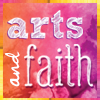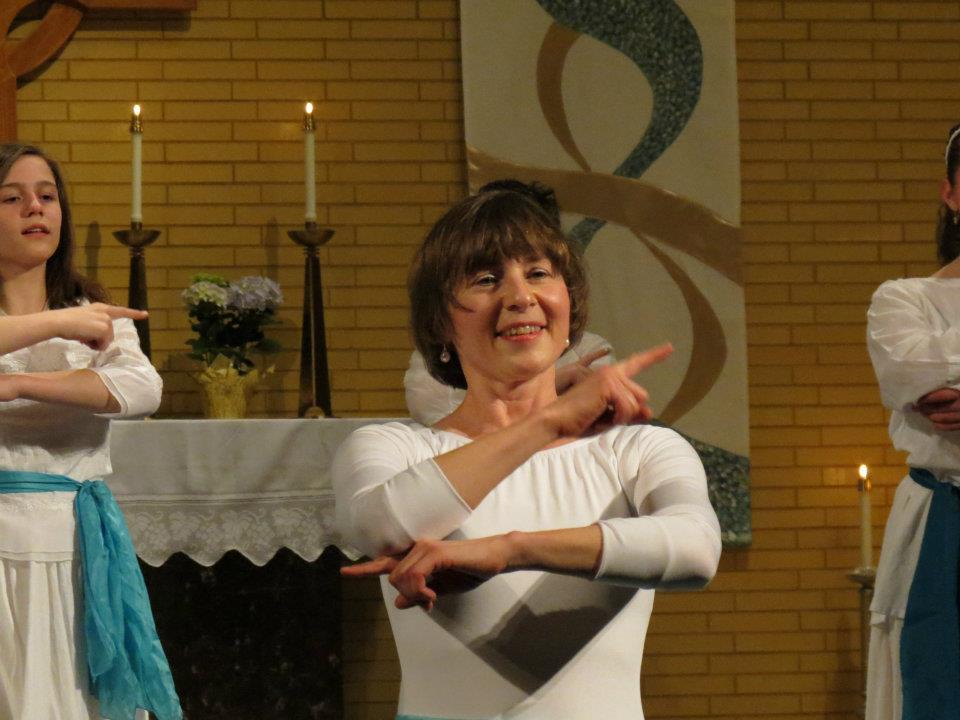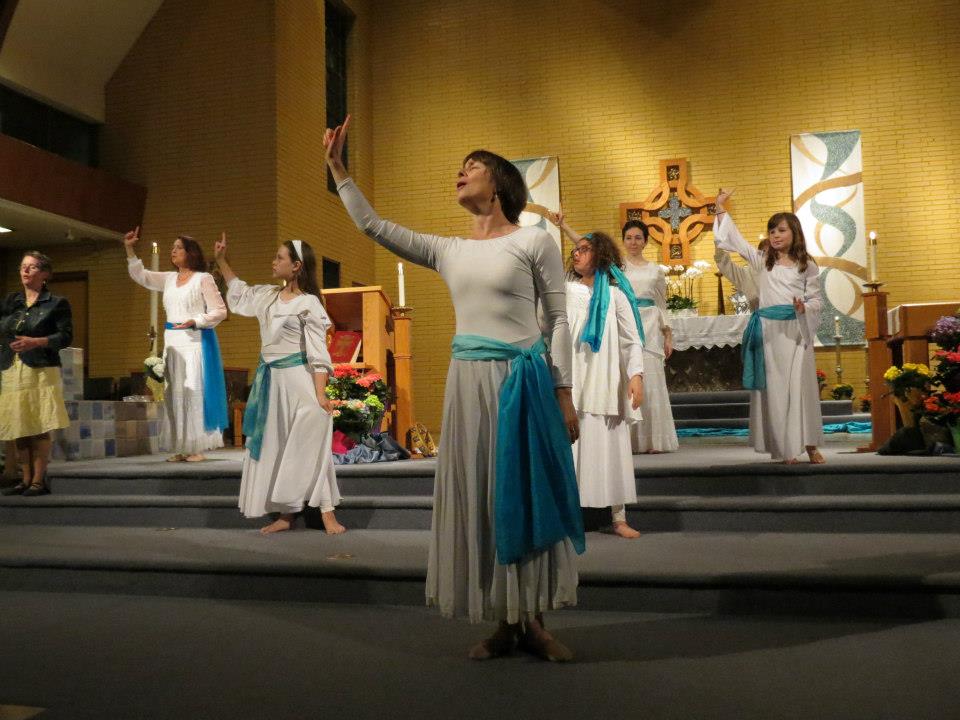May God Have This Dance?


Upon hearing the melodic drone of church bells in the distance, five-year-old Betsey Beckman did the first that came to mind: she started dancing.
“I remember feeling this joy that came to me, it was my natural response,” she says of her first recollection. “And it was significant because I remember it so strongly.”
Now 55, Betsey has spent her life doing what she feels is God’s calling for her. She dances.
Beckman’s resume boasts many experiences and accomplishments, including leading public and private spiritual pilgrimages around the world, becoming a certified movement therapist, movement ministry director, spiritual director, workshop leader, producer of DVDs that tell the stories of women from the Bible through dance, a speaker, author, wife, mother—the list goes on.
But whatever her title, it’s clear that Beckman’s passion and actions all manifest the same idea: Dance is her way of connecting to God, and her calling is to share that expression of prayer through movement with others.
Though she’s trained in ballet and modern dance, Beckman insists it’s not the technique; it’s the emotion behind the movement that creates a personal connection and deeply-felt expression.

“It’s not about the most pirouettes, [it’s] a calling to show this community an instrument of grace,” she said. “I simply keep following my intuitive prayer.”
Beckman often uses the words offer and invitation in speaking of her spiritual dance. The excitement, the ebullient pleasure of discussing something she feels is very simple and natural, since her days as a five-year-old twirling to the church bells. Her delight in movement as a spiritual expression is infectious—and many people have caught on.
“Even I’m just offering a piece of liturgy, I still feel like my presence is an invitation for people to join me on this journey,” she said. “They can feel themselves with me, using the language of our bodies to speak and break open the text … for some it’s what cracks open the ministry for them and becomes a way to connect and communicate.”
Beckman acknowledges that spiritual movement or liturgical dance is not for everyone, and she sometimes sees resistance to dance in liturgy.
“Some people think, ‘Liturgy is not a place for performance’ and I agree with that, with performance in the driest sense of the word,” Beckman said. “Liturgy is not a time for showing off. It’s an iteration of prayer, a prayer that I offer artfully.”

A story Beckman shares about her own parish in the Seattle area, underlines her purpose to offer prayer through movement.
“St. Patrick’s has a large deaf community. Some parts of the entire mass are signed in ASL and I will work with the interpreter to incorporate that,” she said. “It’s a stirring experience to pray together as a whole congregation with our bodies … So much of the liturgy speaks to the wholeness of our being the way God reaches out to us. When I bring movements to liturgy, I’m bringing artistry to the movement [that] we are already doing.”
Outside of her work with her parish, Beckman keeps a full schedule leading SpiritPlay classes, a practice in which she helps participants explore the connection between movement and healing and transformation.
In a sort of happy shrug, Beckman maintains that she is simply answering God’s call and inviting others to experience God. For her, and for the thousands who have watched her pray through movement, Beckman is “honoring the emotions as a way of listening to God’s voice. It’s a felt experience,” she said.

